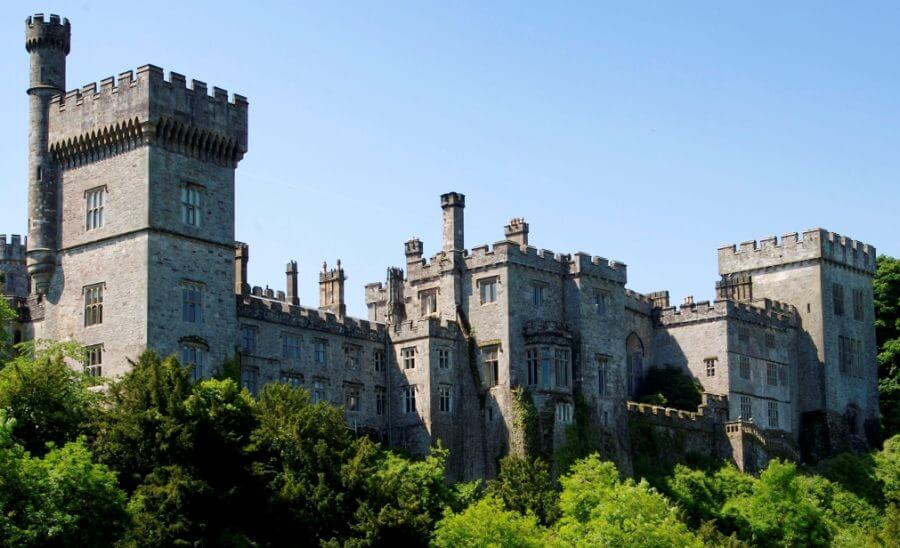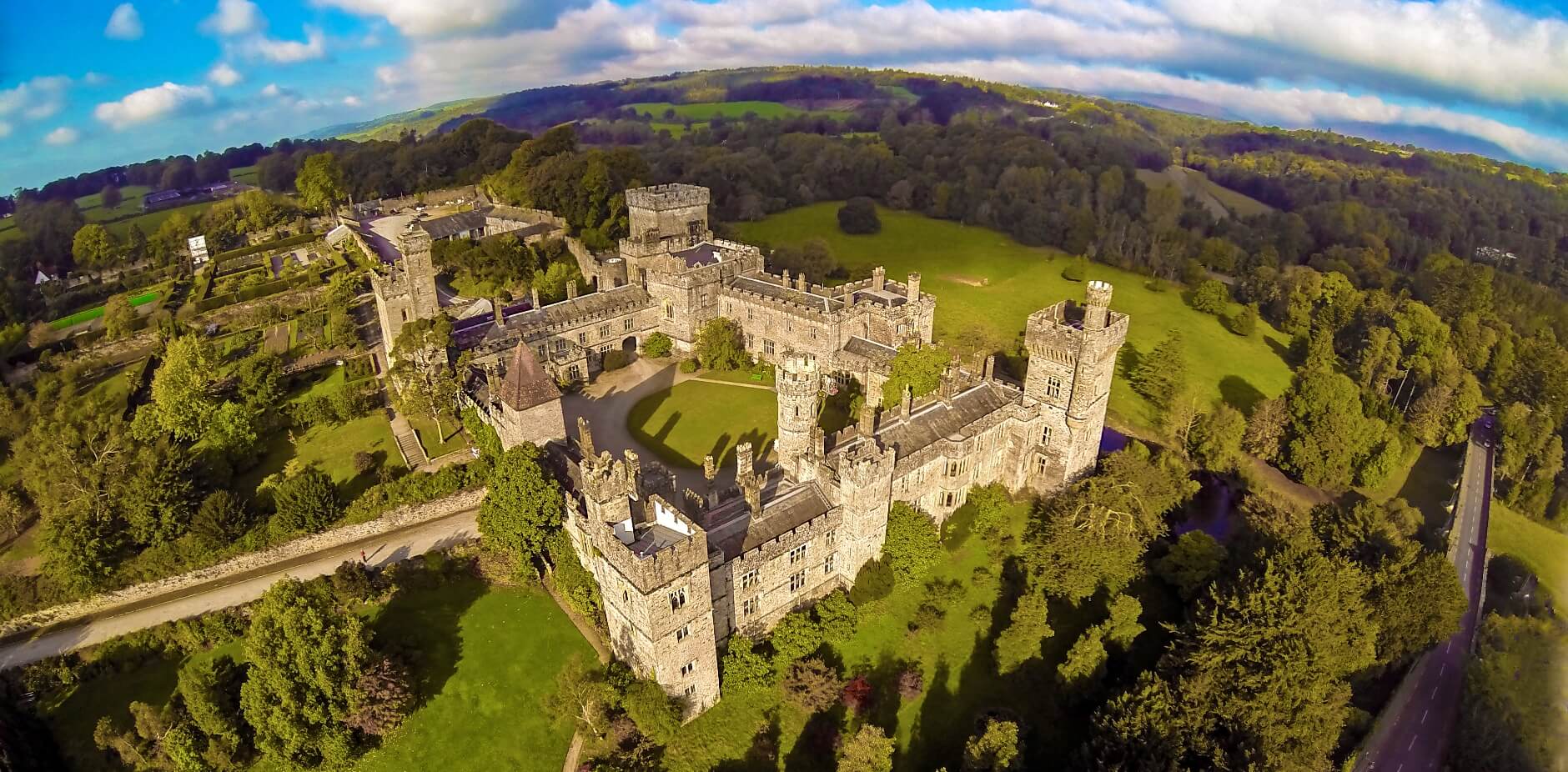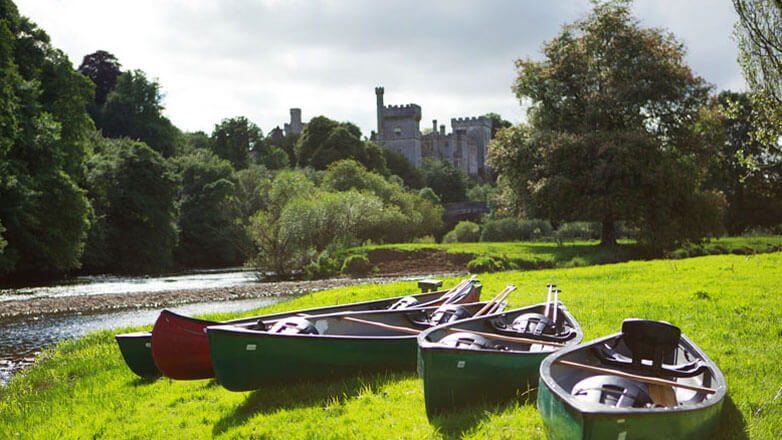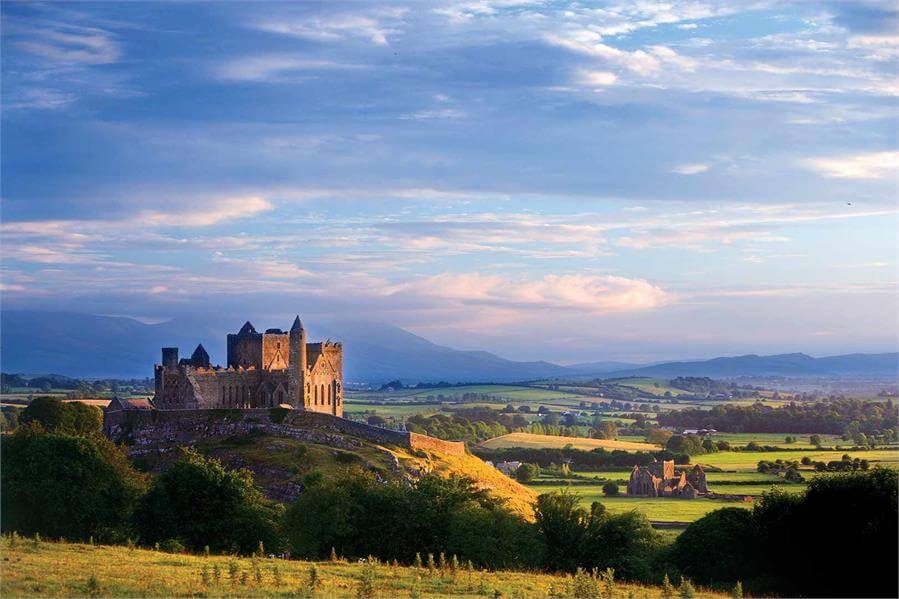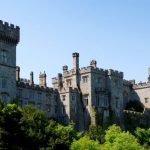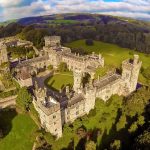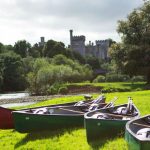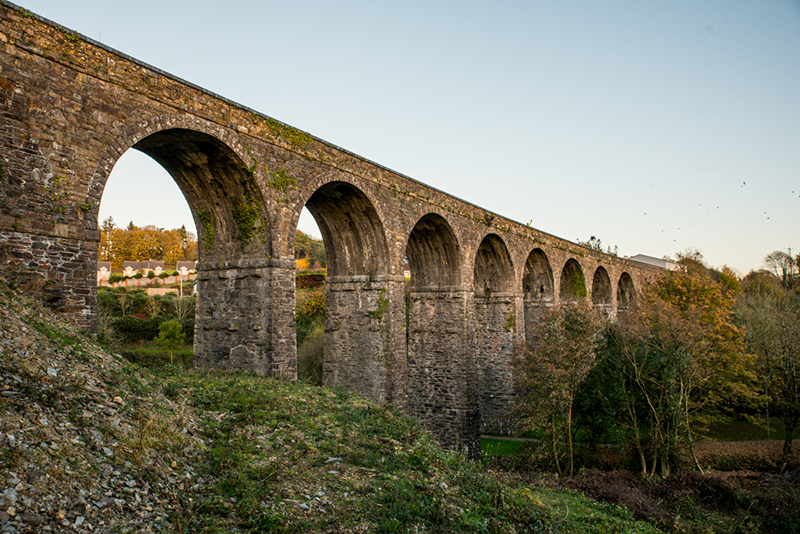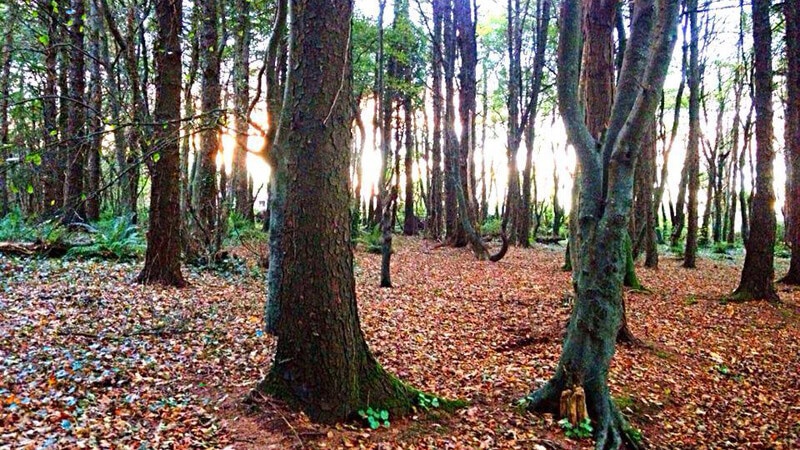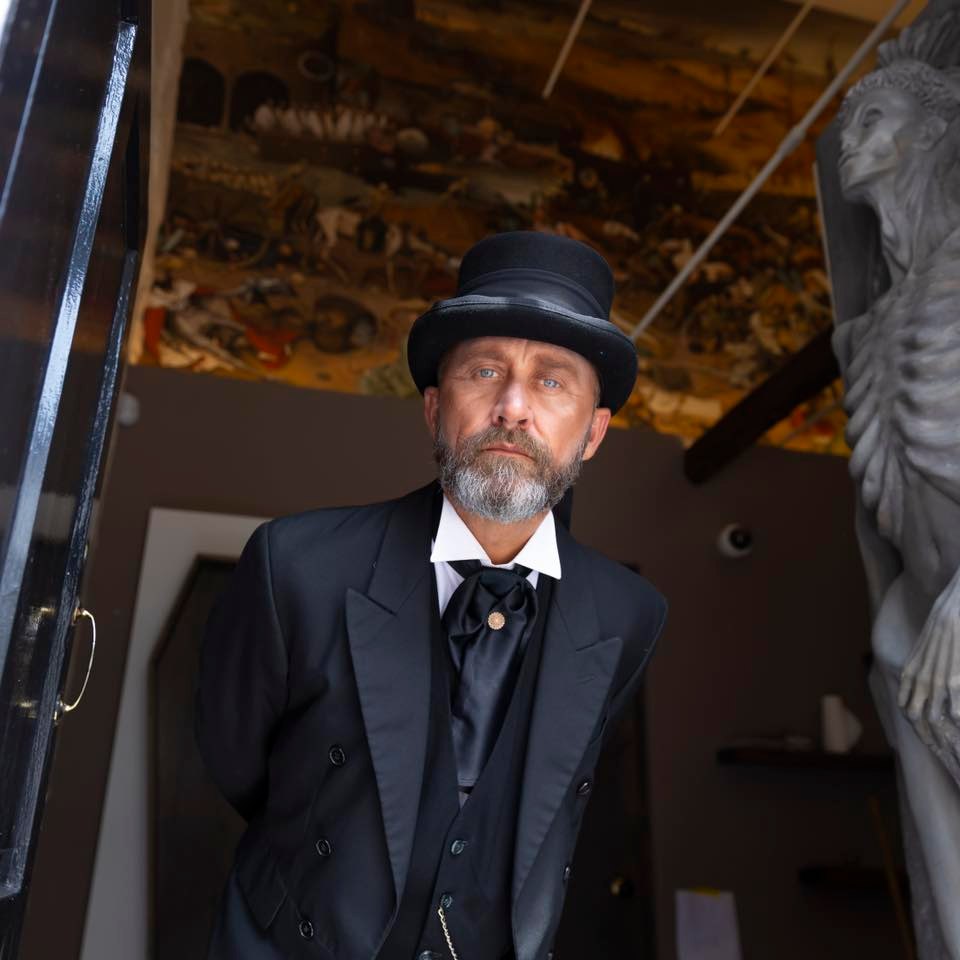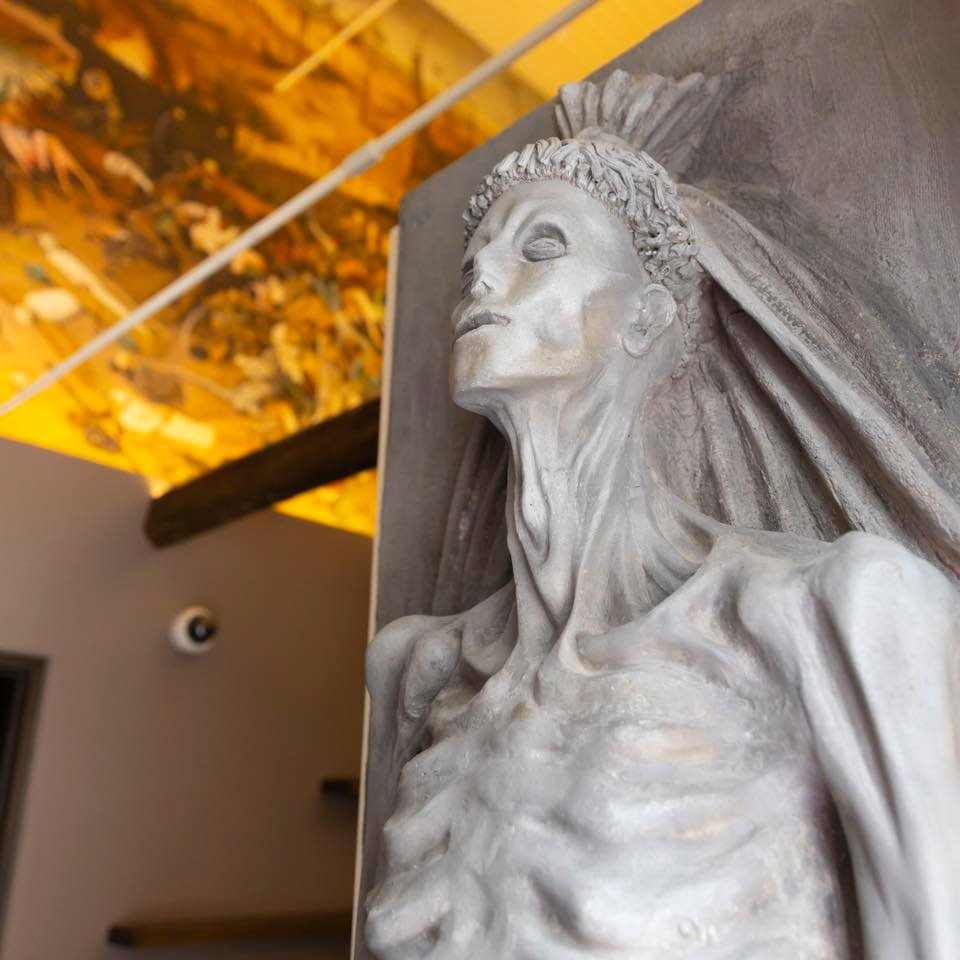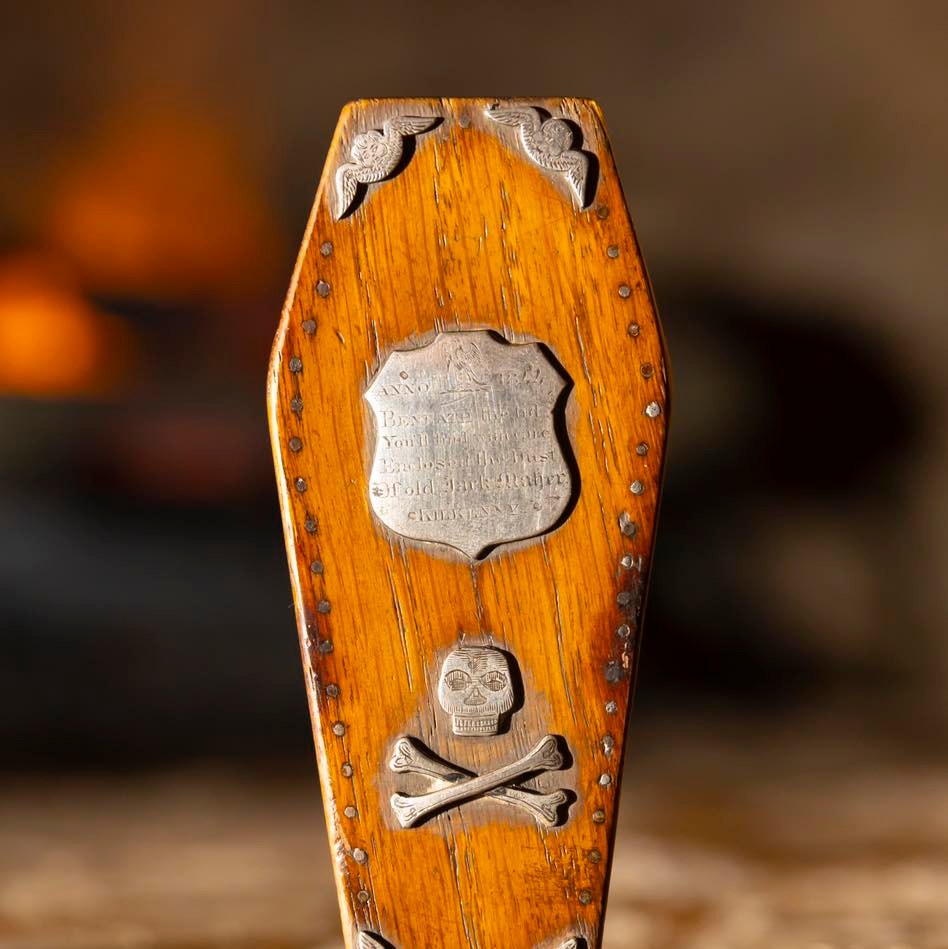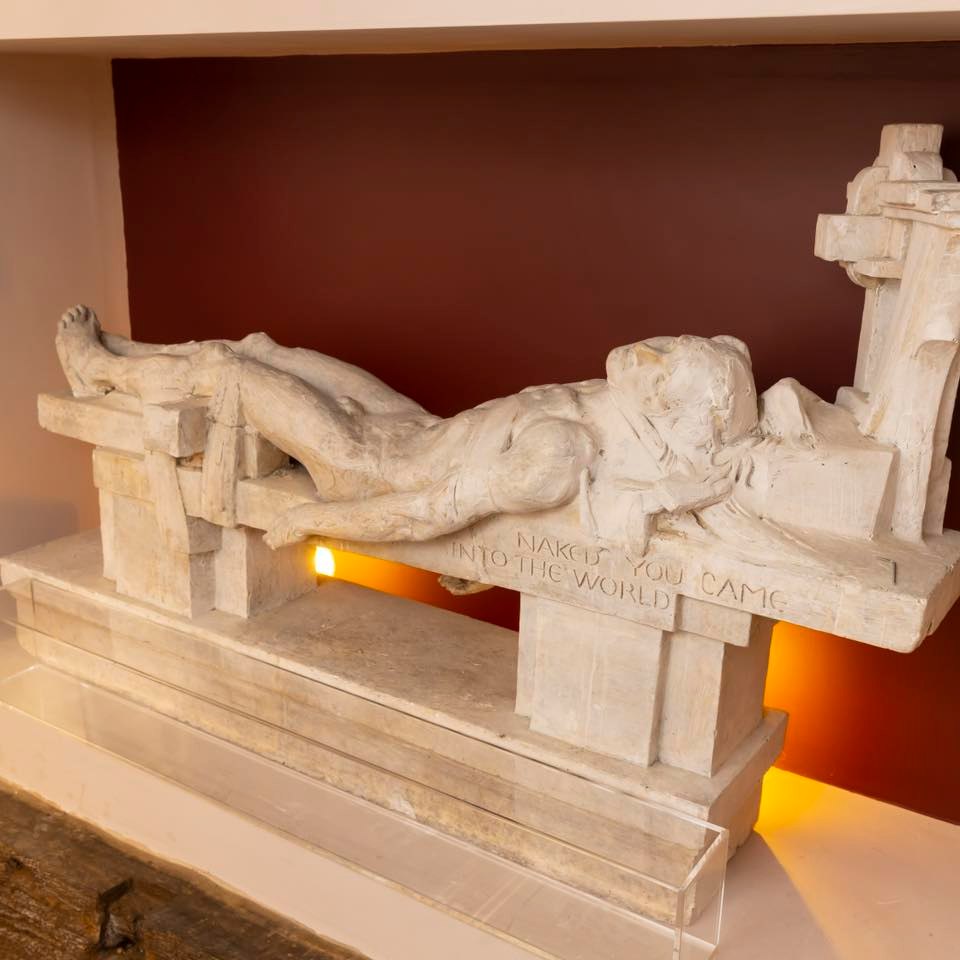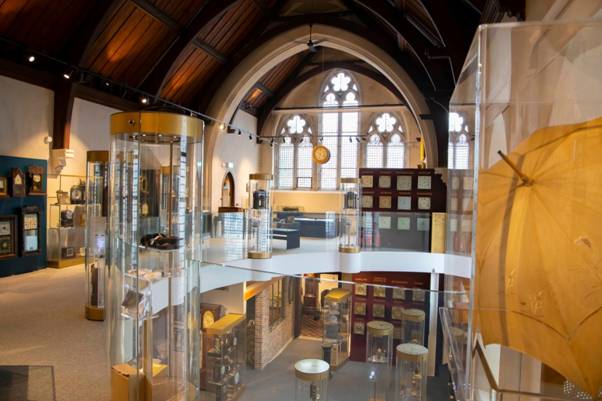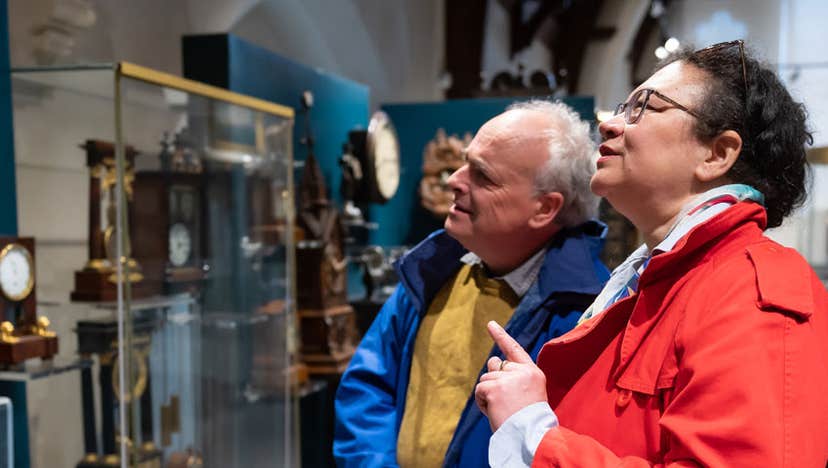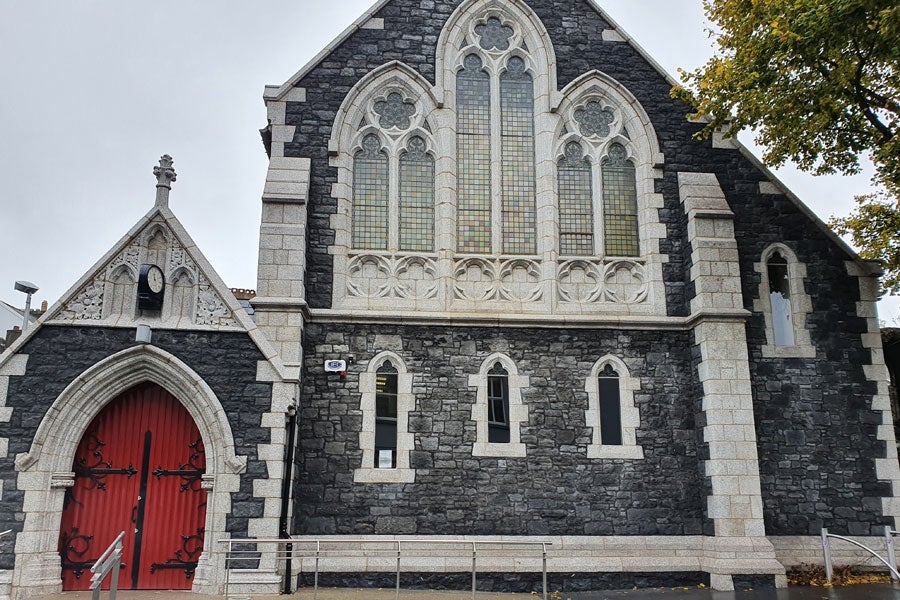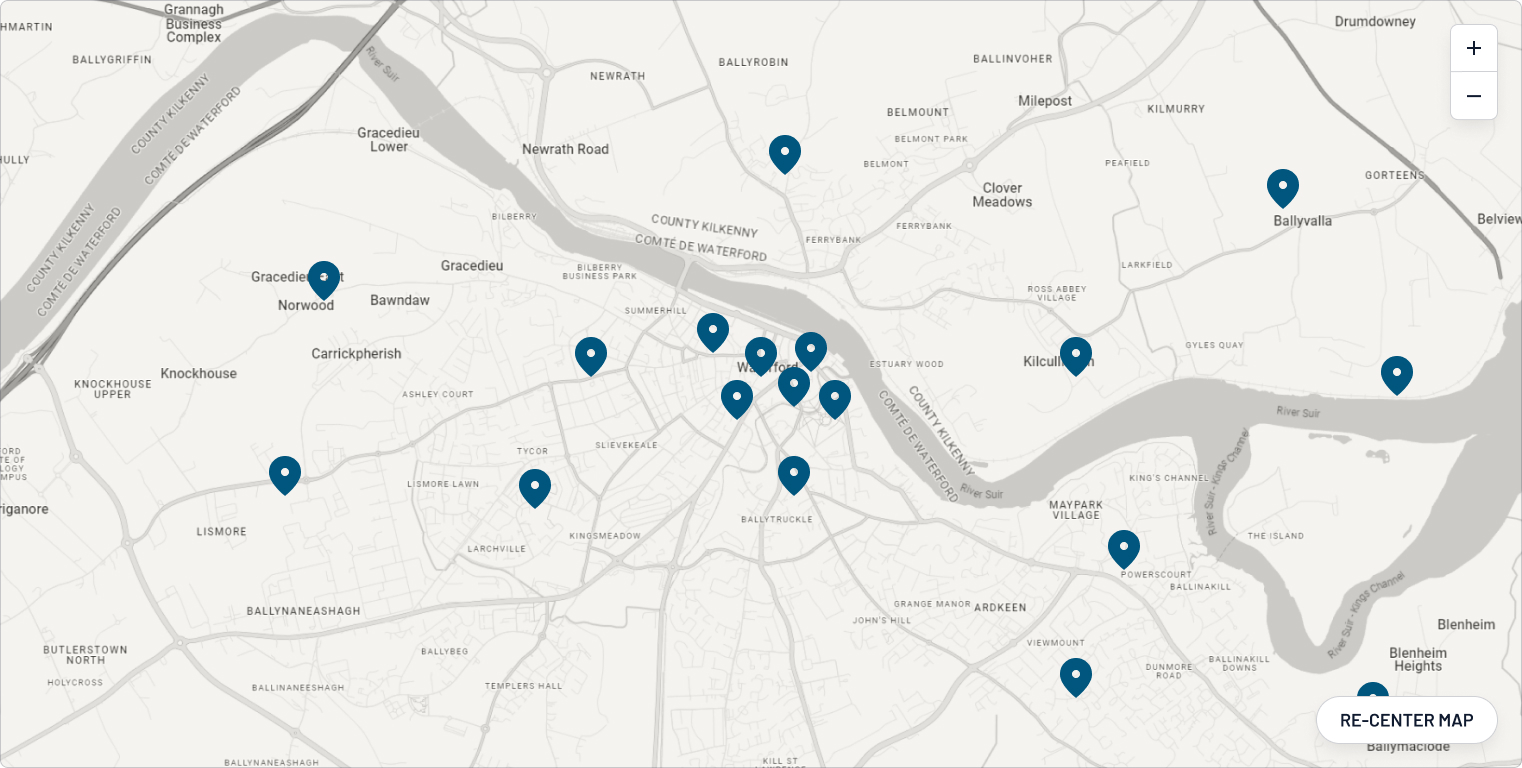Castles Tour of the Area
Take the N25 from Waterford in the direction of Cork. 3 miles before Dungarvan take the N72 turn-off for Cappoquin/Lismore.
Cappoquin
The broad Blackwater River makes a 90-degree turn to the west at Cappoquin, and provides scenic riverside drives and some of the best salmon fishing, trout angling and coarse fishing in Ireland.
Four miles (6km) north of Cappoquin, via the R669, in the foothills of the Knockmealdown Mountains, is a monastic centre for the Cistercian Order of the Strict Observance, built well over a century ago by monks who had been banished from France. The Order erected an impressive stone church and outbuildings and has transformed a bare mountainside into productive fields and pastures.
Lismore Castle
Set on the Blackwater River, Lismore’s most prominent feature is Lismore Castle, which looms over town and river, looking for all the world like a fairy-tale castle. It was built by King John in 1185 on the site of a 7th- century monastery that became one of Europe’s most renowned seats of learning. After surviving devastating attacks by Viking raiders, the monastic university finally succumbed to the assaults of Raymond le Gros in 1173. The castle was presented to Sir Walter Raleigh, who sold it to Richard Boyle, Earl of Cork, in 1602. His son, Robert, the noted chemist and author of Boyle’s Law was born here. Since 1753 it has been the Irish seat of the Dukes of Devonshire, and the gardens are open to the public. The medieval Protestant cathedral dates from 1633, although it was largely rebuilt around 1680. It has soaring Gothic vaulting and still retains in its west wall 9th and 11th-century grave slabs from an earlier church. The modern (1888) Catholic cathedral is Romanesque in style. Lady Louise\’s Walk along the river and the interesting Town Walk are well signposted.
Five miles (8km) south of Lismore, via the N72, the little town of Tallow was the birthplace of famed 19th-century sculptor John Hogan. Splendid panoramic views open up from 592 foot (180m) Tallow Hill, less than 1 mile (1.5 km) northeast of town, and there are ruins of an ancient fortified Fitzgerald keep .5 mile (1 km) west of Tallowbridge.
Six miles (10km) west of Lismore, via the R666, the quiet village of Ballyduff is a popular angling centre and also holds the ruins of Mocollop Castle, another Fitzgerald fortress. At the eastern end of the bridge in Lismore take the R668 which follows the Blackwater River, then climbs to the pass in the Knockmealdown Mountains known as The Vee and descends to Clogheen, then on to Cahir.
A visit to the Heritage Centre is recommended to catch a glimpse behind the walls using virtual reality.
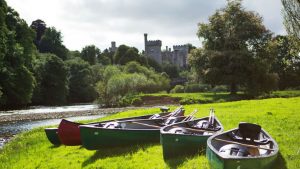
Cahir
Cahir Castle, with its massive great hall, grim dungeon and thick protective enclosing walls, is a superb restoration of the 1142 castle set on a rocky islet in the River Suir. It is also one of Ireland’s best-preserved castles. Furnishings in the residential apartments are authentic reproductions of the period. The Articles ending the long Cromwellian wars were signed here, and in modern times it has served as the setting for such films as Excalibur and Barry Lyndon.
Other interesting buildings include the 13th-century abbey, founded by a Norman knight, which is being restored, and the delightful little Swiss Cottage. Cahir is a centre for walking and climbing.
A few miles northwest of Cahir, the N24 (the road to Tipperary town) leads to a left turnoff heading to the lush Glen of Aherlow, a secluded glen that was once a major route between the counties of Tipperary and Limerick and the scene of ancient battles. Later, Irish insurgents and outlaws took refuge in the thickly wooded valley that runs between the Galtee Mountains and Slievenamuck Hills.
From Cahir, follow the N8 due north to Cashel.
Cashel
Dominating the landscape for miles around is the awe-inspiring Rock of Cashel which soars 200 feet (60m) above the surrounding plains. Since ancient Celtic times, its 2-acre (0.8 hectare) summit has been connected with royalty and mysticism. Cormac’s Chapel, the Round Tower, St. Patrick’s Cathedral, and a replica of St. Patrick’s Cross, (whose base may actually have been a pre-Christian sacrificial altar), are among the impressive ruins, all in remarkably good condition. At the foot of the Rock, a visitors’ centre of stylised Celtic design presents traditional Irish entertainment.
Take the R688 southeast for 15 miles (24km) to Clonmel.
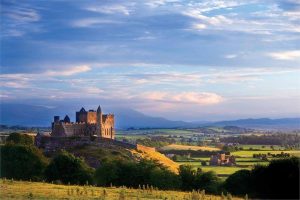
Clonmel
Set on the banks of the River Suir, Clonmel is the main town of County Tipperary, where the world\’s first public transport system was estblished by Charles Bianconi in 1815, based at Hearns Hotel in Parnell Street. Parts of the 19th century Franciscan church in Abbey Street go back to the 13th century. The 19th century St Mary’s church nearby is notable for its fine high altar. Note also the preserved old West Town Wall in Mary Street. The town’s streets are lined with restored shopfronts.
Take the N24 east for 14 miles (23km) to Carrick-on-Suir.
Carrick-on-Suir
This scenic little town is set on the River Suir, and its Ormonde Castle is the only Elizabethan fortified mansion of its knid in Ireland. One of the principal seats of the Butlers, the earls and dukes of Ormonde, it is said to have been built by the legendary ‘Black Tom’, Earl of Ormond, to host Elizabeth I, who subsequently cancelled her proposed visit.
Despite their power and influence with the Crown, however, the Ormonds were not able to prevent the arrest of the Archbishop of Cashel, who was taken prisoner here and martyred in Dublin in 1584.
Take the N24 back to Waterford
Overview
CappoquinLismore
Location
type
Grade
distance

